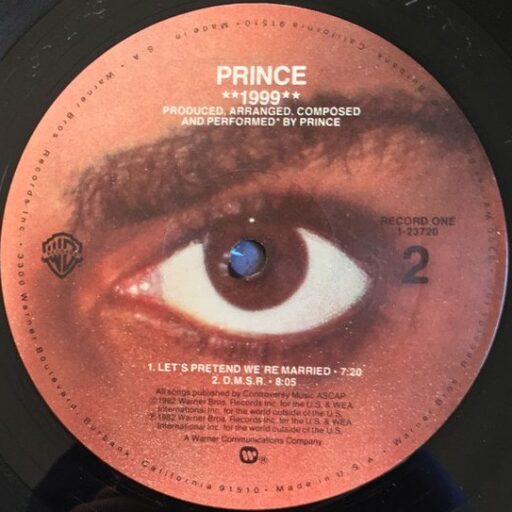Tag: 1969
-
Controversy, Part 1: Am I Black or White?
To summarize any artist with a single song is no small feat. To do so for an artist like Prince, who reveled in his ambiguities and contradictions, is even more impressive. The brilliance of “Controversy” is the way it places these ambiguities and contradictions at the center of Prince’s artistic persona: his indeterminacy becomes his…
